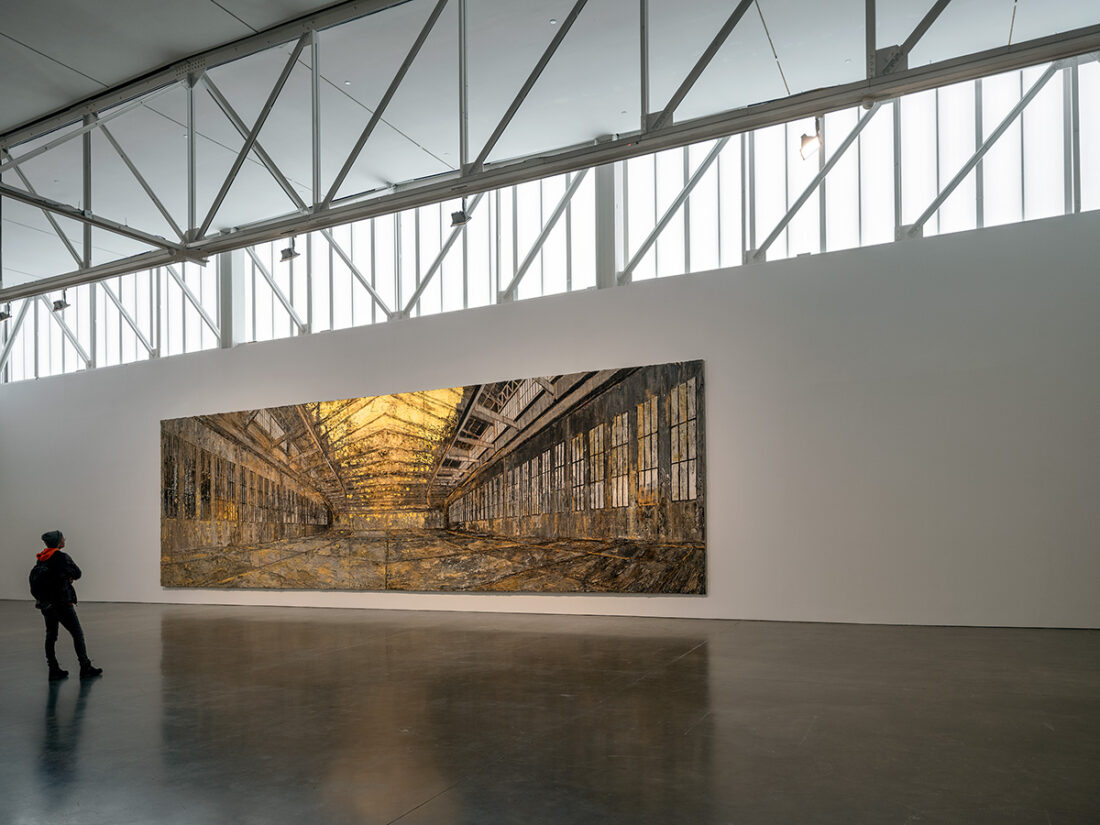
I just saw the Anselm Kiefer exhibition at Gagosian on West 24th Street in Chelsea, and I used the opportunity to bring my camera and add to my ongoing project photographing the High Line and its surroundings. Kiefer has long figured into my way of thinking about landscape and architecture. I became aware of his work in the 1980s, and his straw paintings, in particular, were on my mind as I began photographing the landscape of the Iron Curtain.
Landscapes of all sorts – urban, rural, and wild – are conveyors of history and bearers of cultural clues, evidence of our existence. The landscape of Europe is fraught with the weight of centuries of war and violence, and architecture, the constructed embodiment of civilization, religious and secular, preserves history in its presence on the landscape. Moreover, we project our knowledge of this past, however fragmentary or distorted, onto the landscapes and structures of human habitation.
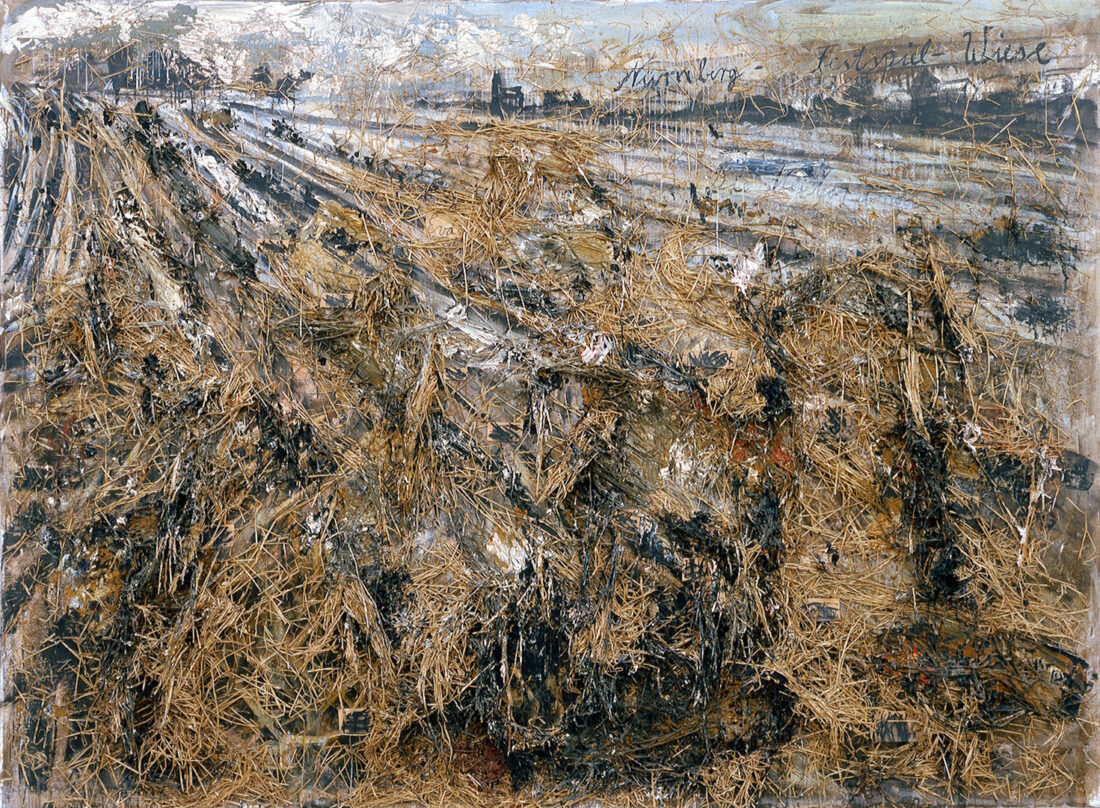
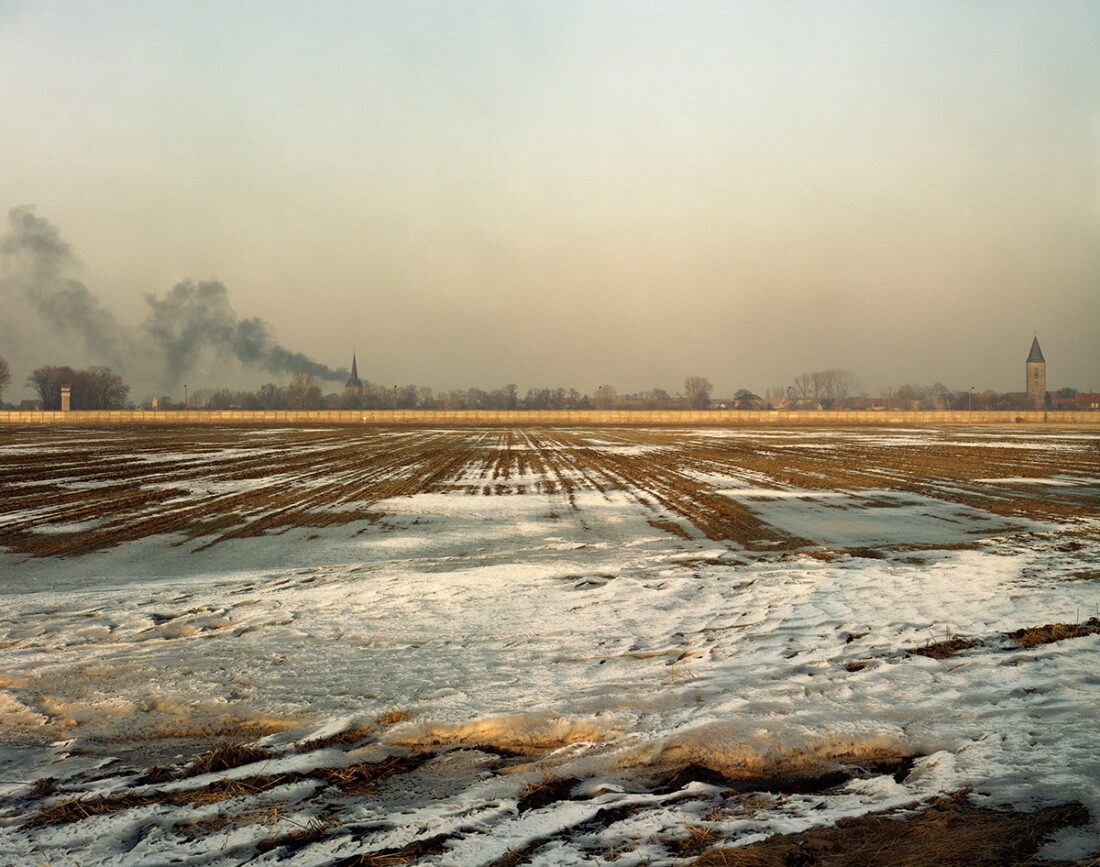
Kiefer’s work, as I see it, occupies this territory – the layered complexity of landscape and memory and his paintings do so both as image and as visceral experience in the way he incorporates materials – straw, lead, gold leaf – into his thickly impasto-ed surfaces. These are the elements of alchemy and material transformation, and one surmises that Kiefer strives to transmogrify the baseness of humanity into enlightenment, but we remain imprisoned in the soil, and gaze upon the horrors writ upon the landscape and contained in the utilitarian logic of Nazi architecture. Kiefer also makes use of mythology and religion, the allegorical underpinnings of society, and indeed, this exhibition at Gagosian is entitled “Exodus.”
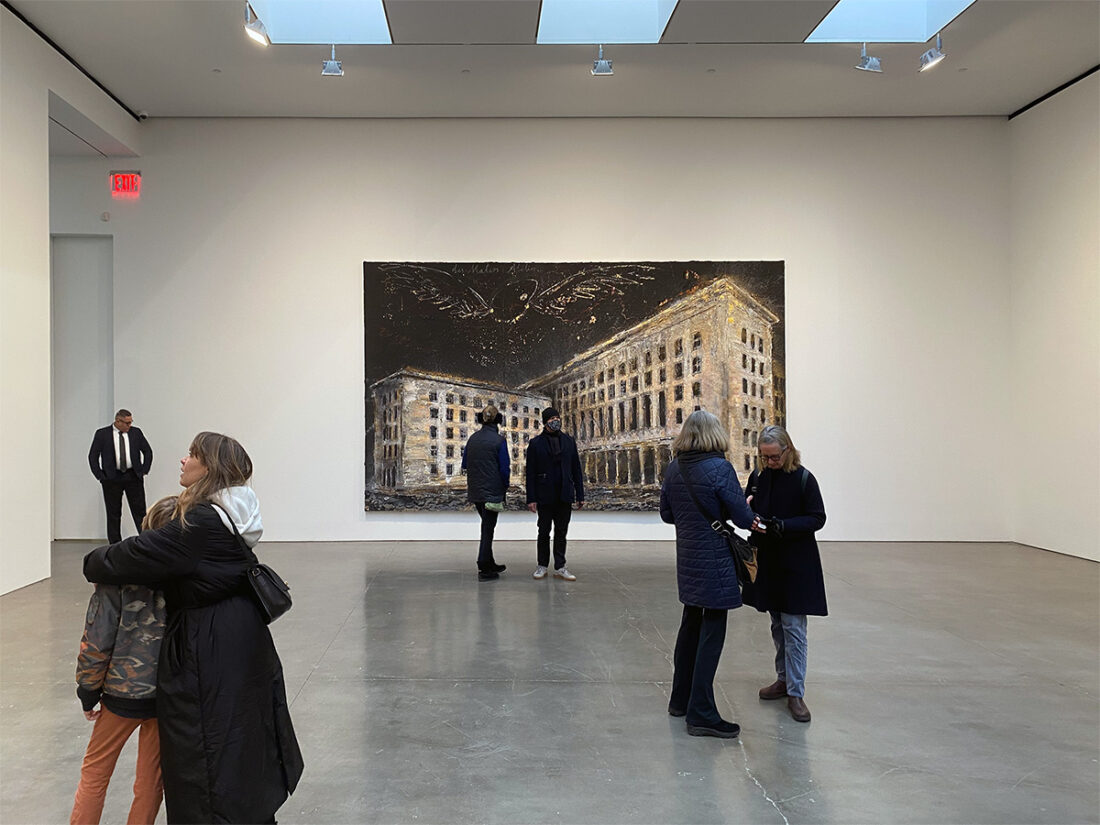
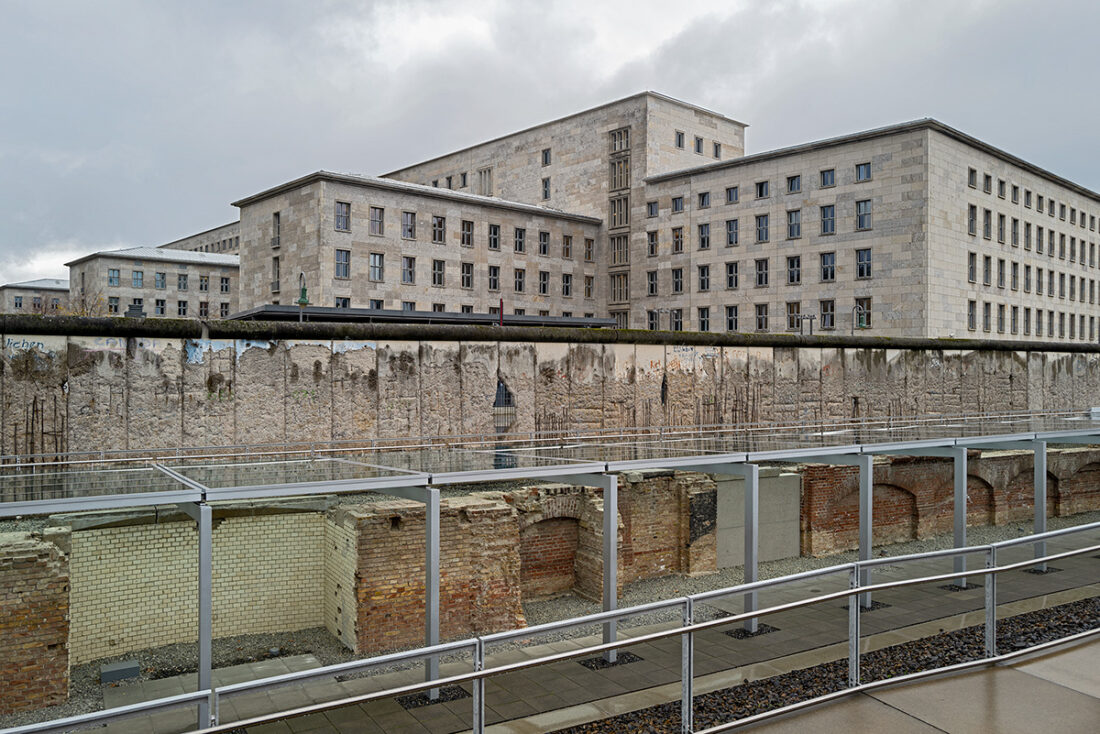
As a photographer, I work strictly with images. They are not 3-dimensional, there is no materiality, no impasto. Nor do I delve into the mystical as Kiefer does. But I do explore the palimpsest of history and memory, and like Kiefer I am not afraid of taking on big subjects, iconic structures, and places invested with cultural and spiritual meaning. Kiefer goes way too far for me. His grandiose symphonic expressions push over the edge, but they are undeniably powerful, and are among the great works of our time.